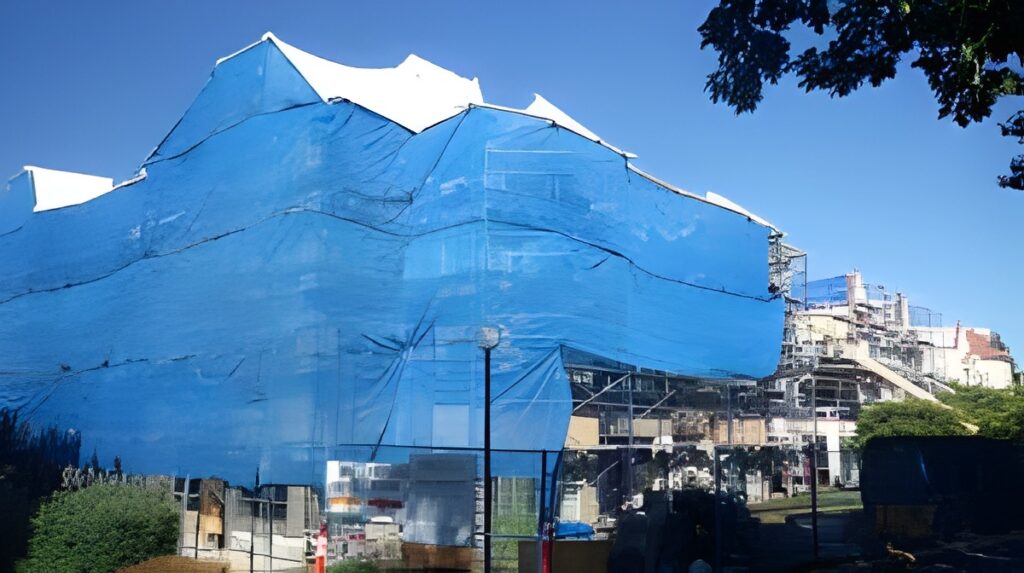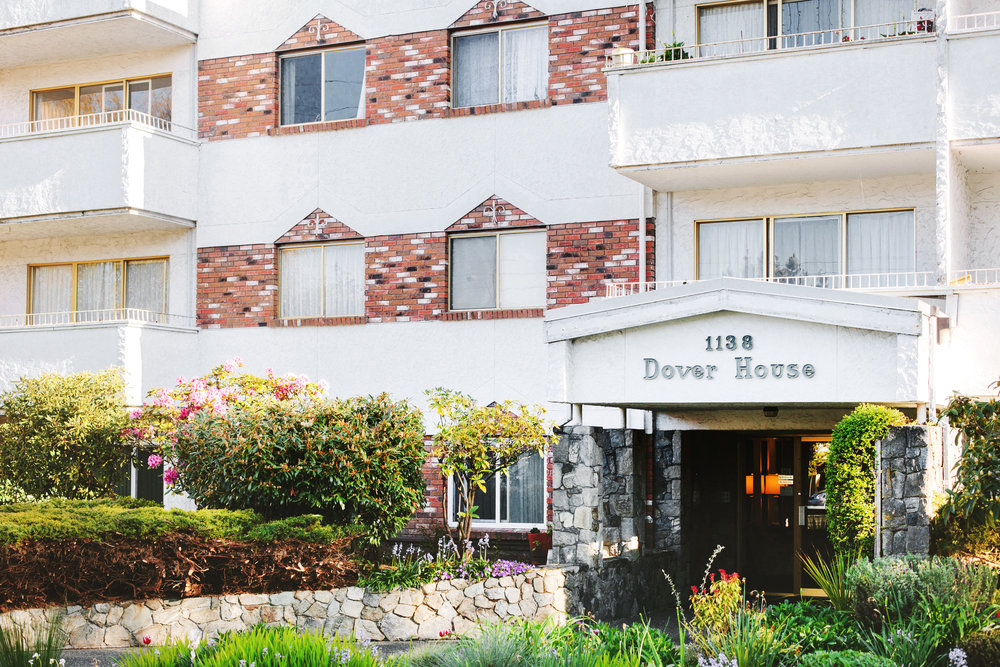Improving the Environmental Impact of Mid-Century Apartment Buildings in Victoria, BC
Overview
The built environment is responsible for approximately one third of the world’s Green House Gas (GHG) emissions . Energy from sources including coal, hydro, gas, and more recently, renewable sources, is used to light, heat, cool and operate equipment in buildings. Recently, new building technologies and certifications such as Passive House are improving the energy efficiency of new construction, however new construction represents only a small portion of the total built environment. Retrofitting older, existing buildings, on the other hand, can create energy savings of up to 50% and much needed GHG reductions. Thanks to a post-war construction boom, nearly 68% of the building stock in the City of Victoria are apartment buildings with 35% built before 1960 and 70% before 19802 . Since this era, technologies in lighting, heating and ventilation, and water fixtures have come a long way in improving efficiencies, but not all of Victoria’s building have kept up. In fact, an article on the real estate website Citified from July 2016 estimated that “…nearly half of Victoria’s 50,000 rental units are due for significant restorative work, remediation or replacement by 2025” .
Internal Retrofits and Envelope Renewals
Property owners can approach apartment building retrofits in two ways. The first is to focus on internal efficiency improvements, such as upgrading lighting to LEDs, adding low-flow water fixtures, choosing efficient appliances such as ENERGY STAR models, adding weather stripping and insulating pipes. These low-cost improvements, coupled with tenant education that encourages behavioral changes, can lead to energy and water savings of 10 – 15%. Old boilers and hot water tanks should be replaced with newer models to achieve additional savings (FortisBC offers rebates and programs to help properly size new equipment). By starting with low-cost, high-return initiatives, the savings created from these projects can help fund larger projects and upgrades.

The second approach is to undertake a full building envelope renewal. This option is capital intensive, but leads to greater savings and improved building value and longevity. The building envelope is the shell of the building, comprised of wall insulation, windows, doors and roof. If you consider the building envelope a “jacket” on the building, most mid-century buildings have the equivalent of a light raincoat; wall insulation may have sagged or drooped, resulting in significant heat loss. An envelope improvement makes the building more air-tight by improving insulation, adding double- or triple-paned windows, and sealing cracks. To allow the building to ‘breath’, a ventilation mechanism (heat-recovery ventilator, or HRV) may be required to assure units continue to have access to fresh air. When planning envelope upgrades, it is important to think of the envelope as one whole system, rather than individual components. Upgrading the windows while ignoring the walls will create only minor improvements to the heat loss; conversely, upgrading components simultaneously will maximize the return. When combined, internal efficiency improvements and envelope renewal result in energy and water savings, and improved building value.
Case Study: Dover House
In early 2015, Fort Properties decided to tackle a typical Victoria residential challenge: transform a four-storey, 1968 apartment building into an environmentally-friendly building with reduced energy and water costs. The local property management company completed a renovation of their 1968 apartment building which included an building envelope retrofit, replacement of fixtures and tenant education. In two years, the building’s carbon footprint was reduced by 50% and the company is saving over $13,000 in annual utility bills. Energy and water use were both reduced by over 20%. In addition, landfill waste was reduced by 18,700 kg per year. The project started with an environmental assessment and water audit to determine the greatest impact areas and opportunities for reduction. Over the next two years, new windows were installed to enhance the building envelope and reduce heat loss, old incandescent lighting was replaced with high-efficiency LEDs, and old appliances with ENERGY STAR models as new suites were renovated. The waste area was overhauled, and additional recycling streams and compost pick-ups were added. Fort Properties accessed the CRD’s Tap by Tap program, replacing 113 faucets and showerheads with low-flow alternatives. Lower hot water use in turn reduced the energy consumption of the boiler, resulting in natural gas savings of about 25%. Recently, the building’s shared washing machines were upgraded, and additional water savings of 250,000 litres per year are expected. Fort Properties aims to create Space That Contributes – healthy and vibrant places that enhance wellness in the community – and they have had great success redeveloping their properties along those lines.
Looking at upgrading your property? Contact Us today to find out how to maximize efficiency with the best returns on your investment.
Image Sources
http://vancouverolympicvillagecondos.com/market-update/dont-ever-make-the-mistake-of-buying-a-leaky-condo-in-vancouver
